
Don’t you know? Talking about Rioja Revolution!
After spending 11 years abroad, returning to Rioja made me think of a Socratic homecoming (I know that I know nothing) filled with excitement and enlightenment. If Rioja Tempranillo’s first clones could talk, they would probably say the same thing.
You really need to be an insider or a very curious detective to realise what’s been going on in Rioja. You can also be one of the lucky wine professionals selected to become a Certified Rioja Wine Educator, chosen to spread the word about this historic wine region and its latest expressions. These changes have been done with loads of work and enthusiasm, under the umbrella of the regulatory council (DOCa Rioja). They are working together towards the same goal: bringing a taste of Rioja everywhere.
Don’t you know? Rioja has gone under an incredible wine revolution. While preserving its identity, new grape varieties have been accepted, new vineyard classifications have arisen and the kingdom of wood ageing rule has been opened to new horizons. Rioja, the classic Spanish wine region, now has it all, new blood, skin and bones, and new wines.
After a wonderfully intensive week in Rioja, I recognise that this is just the top of the iceberg. So what is the taste of Rioja today and what will the future taste like? Rioja, the most famous and timeless Spanish wine region, is more alive than ever. It is everything that you could imagine: it’s young, it’s historic, it’s a great example of oenoturism, and its history is expanding towards a bright future.
The new generation of wines is as promising as their makers, some of their names, Roberto Olivan from Tentenublo amazed me with the vibrant “Escondite del Ardacho”, the elegant wines from Ukan winery, Elena Corzana and her complex personal wines like the Maturana Tinta monovarietal. There are also others: the atypical and innovative concept winery of Residence Wines, a family project like Miguel y Mila with Ojuel, and their unique Supurao (passito) wine, and other wines like the authentic “Azala” skin contact white from Josean Eraso. Wait, are we still talking about Rioja? Yes! Totally!

Escondite del Ardacho, Tentenublo Maturana Tinta Elena Corzana
The Geographical indication “Viñedos Singular” from Rioja bring us to the outsiders, now from the inside. Juan Carlos Sancha or Professor Sancha hits the tasting “Garnacha” Peña el gato! And also the natural, tinaja and granito version. When listening to Juan Carlos, you learn just by breathing by his side. He is not only a well known Viticulture and Oenology teacher in La Rioja, he has also done lots of work in recovering grape varieties from extinction. A grape preacher. We can feel this energy in his wines, also in Cerro La Isa. Other remarkable wineries to mention: Tobelos, Macrobert & Canals, Finca la Emperatriz.

Juan Carlos Sancha

Pruning workshop at Finca Vistahermosa, old vines from Garnacha
Let’s talk about grape liberation (or acceptation).14 grape varieties are now allowed on the appellation. On the white grape side, keep an eye on Tempranillo blanco. A natural cross found among the vines, it is coming up strong since it was approved in 2007. Besides its famous name, it has a beautiful and almost tropical scent! Viura is the queen of course, while Tempranillo blanco comes in 4th place, after Malvasia and Garnacha blanca. On the red grapes team, Tempranillo is the kingfollowed by Garnacha. Additionally, many consider Garnacha, Mazuelo, Graciano and Maturana Tinta to be the future of Rioja to support Tempranillo.
What about Rioja Oriental? Most wineries had no issue with being called Rioja Baja. They never felt like they were less! (Baja meaning low in Spanish) But now that’s how it is. You must be aware of the amazing quality produced and the great human beings behind the wines. Ruiz Jimenez winery and wines are an inspiring and pure energy as the team behind, as dynamic as biodynamic. They also organize concert nights over the summer under the name of “Atardeceres” (Sunsets). Viñedos en Voz Baja, with Carlos and his enigmatic wines like “Costumbres”, the Tempranillo blanco “El Yergo” from Paco Garcia, as well as the beautiful Garnachas from Arandon and Ontañon.

Elena from Ruiz Jimenez vineyards
More discoveries to mention in Rioja Alavesa, the elegance of Everest wine from Altún and the complexity and structure of Bideona wines gained my heart and also the savoir-faire and white wine from Luis Cañas.

Bideona vineyards, a morning with Tao Platón
From the idyllic hills of Sierra Cantabria to the charming medieval town of Laguardia and to the historic Barrio de la Estación in Haro, we go back to the classics, as each corner has a story to tell and a flavour to impart. Spending time with Pablo Orio from Muga, Anna from Bodegas Bilbainas, Victor from Roda, Guillermo from La Rioja Alta, and also with CVNe and Gomez Cruzado’s team, tasting their wines is a symphony of sensory delights, full of colours and aromas.

Tasting in Barrio de La Estación
On a historical and cultural note, Briones is key. The Vivanco Museum is a must for anyone interested in the history of wine and its impact on human civilisation. Rafael Vivanco welcomed us at Vivanco’s Museum, taking us on a tour through art, archaeology, sculpture, paintings, astonishing Egyptian ceramics, perfectly kept Greek ceramics showing Dionysian banquets, and even a collection of some of the first bottles ever made!
We walked by the happy old man from “Sorolla” holding a “porrón”. Wait, that’s a Chagall! And “Le Troubadour” screw opener by Miró! More wine bottles from Juan Gris and Picasso’s perspective, even some grapes by Andy Warhol. For an instant, we forgot where we were. It really felt like an immense space ship gathering the jewels from humanity, while simultaneously finding space and time to turn grapes into great wine. The melody of Rafael's voice flowed like a gentle river, guiding us through the ages with a rhythm that echoed the passage of time itself.
A special mention for the master of ceremonies of the Rioja Wine Academy, Peter Arijs, and a top professional with capital letters! A Belgian in love with Rioja and spreading his art throughout the region. A real pleasure. As special mention as well to my talented wine colleges I spent the week with, so many awesome wine professional that are already shaking the wine industry. And if you want to learn more about Rioja, here : https://riojawineacademy.com
As we taste Rioja wines, we are also getting a taste of their people. The influence of terroir is undeniable. The different winemaking decisions together with the new grape varieties allowed, new generations, the oldies but goldies, and more flexibility from the D.O.Ca. , are truly shaping the diversity of styles of “Riojas” that are produced. Being a witness to these transformative changes is a truly transcendent experience, and one that any wine lover should not miss.
So get ready, tune in, raise your glass and expect the unexpected when you taste the Rioja Revolution!

Certified Rioja Wine Educators 2023-2024

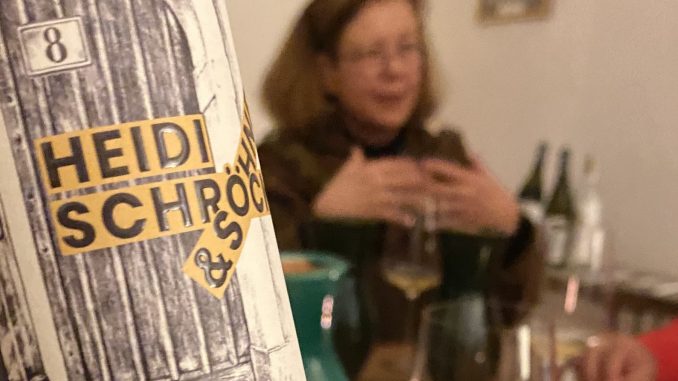
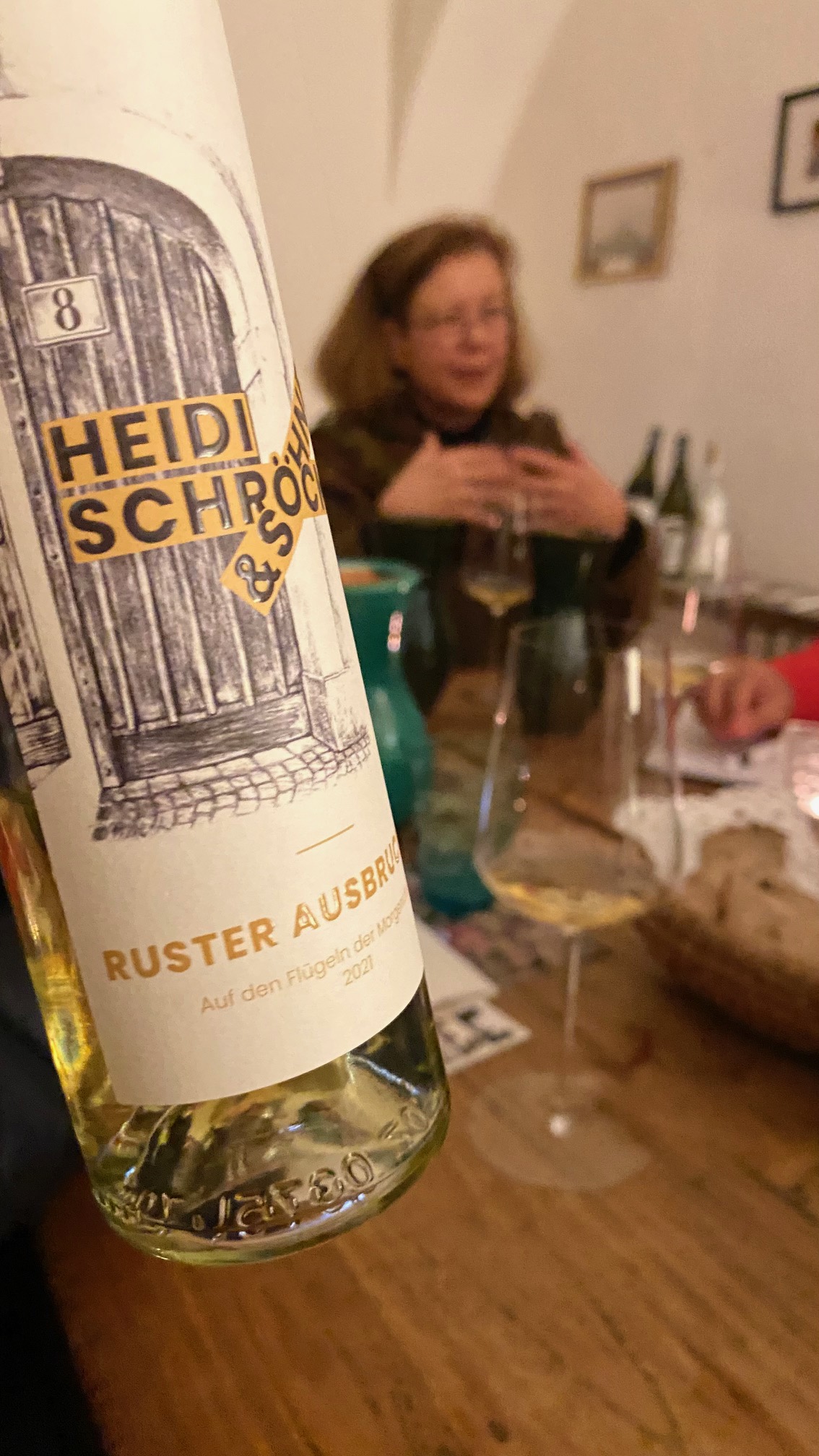
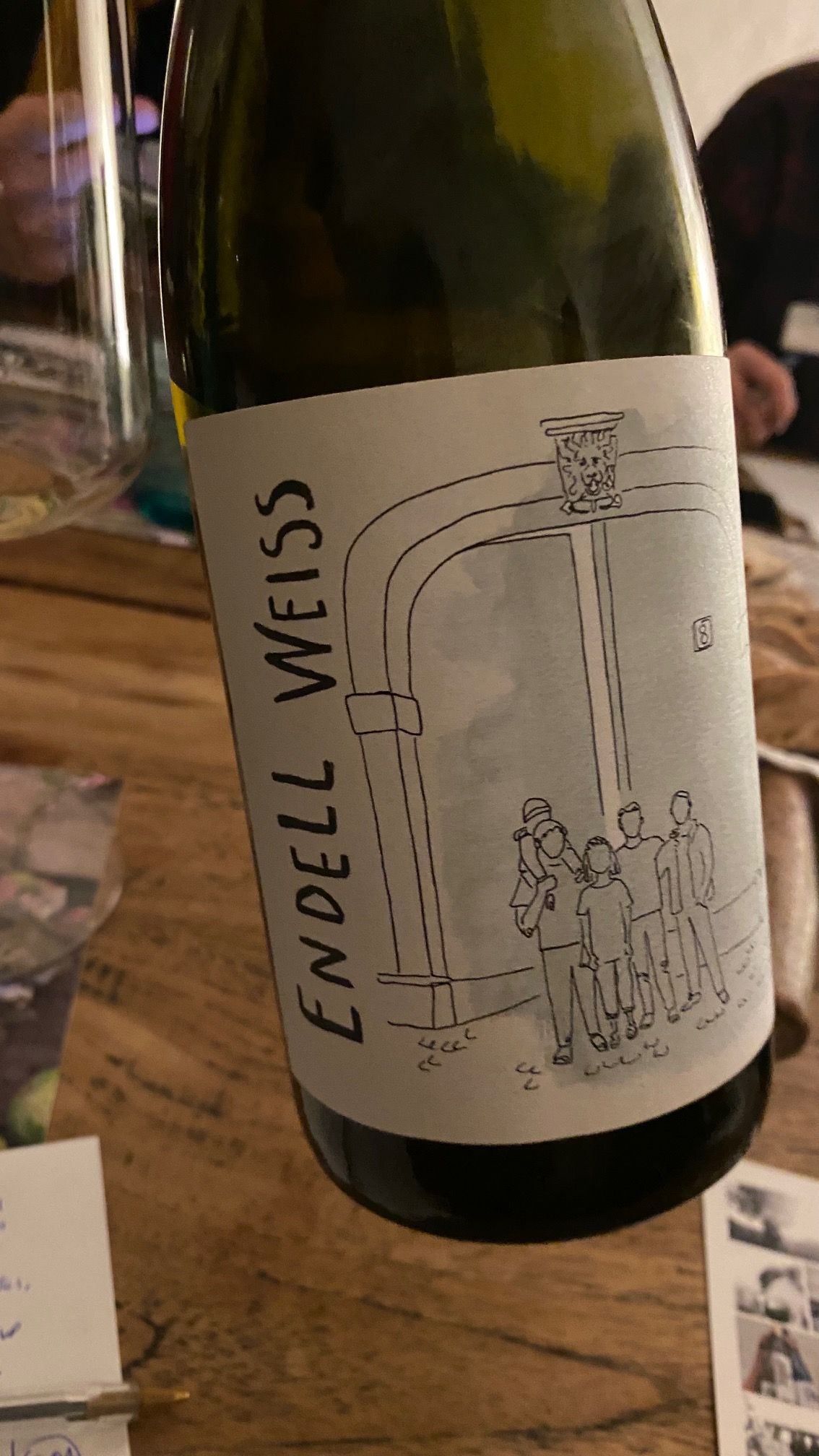
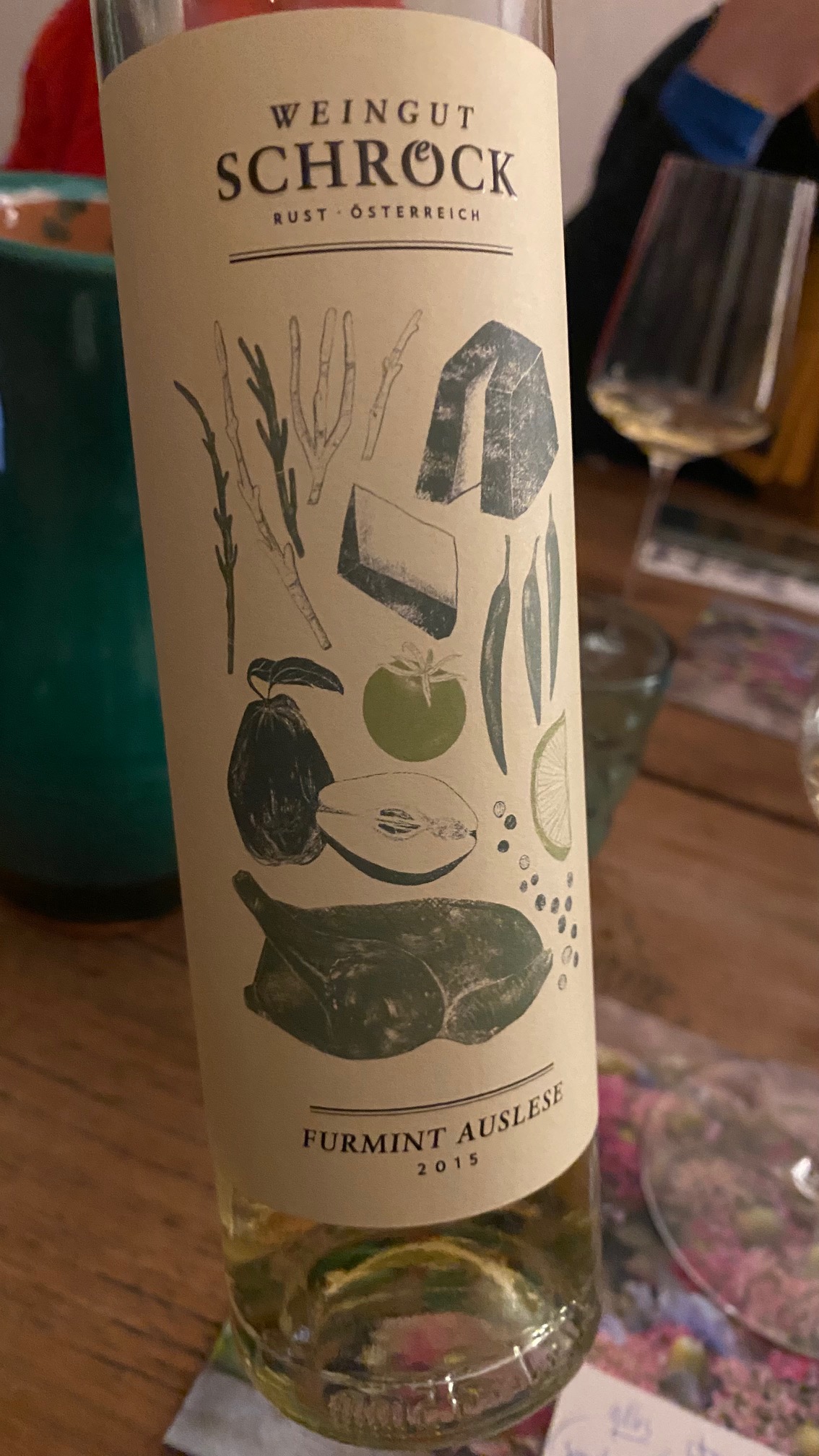
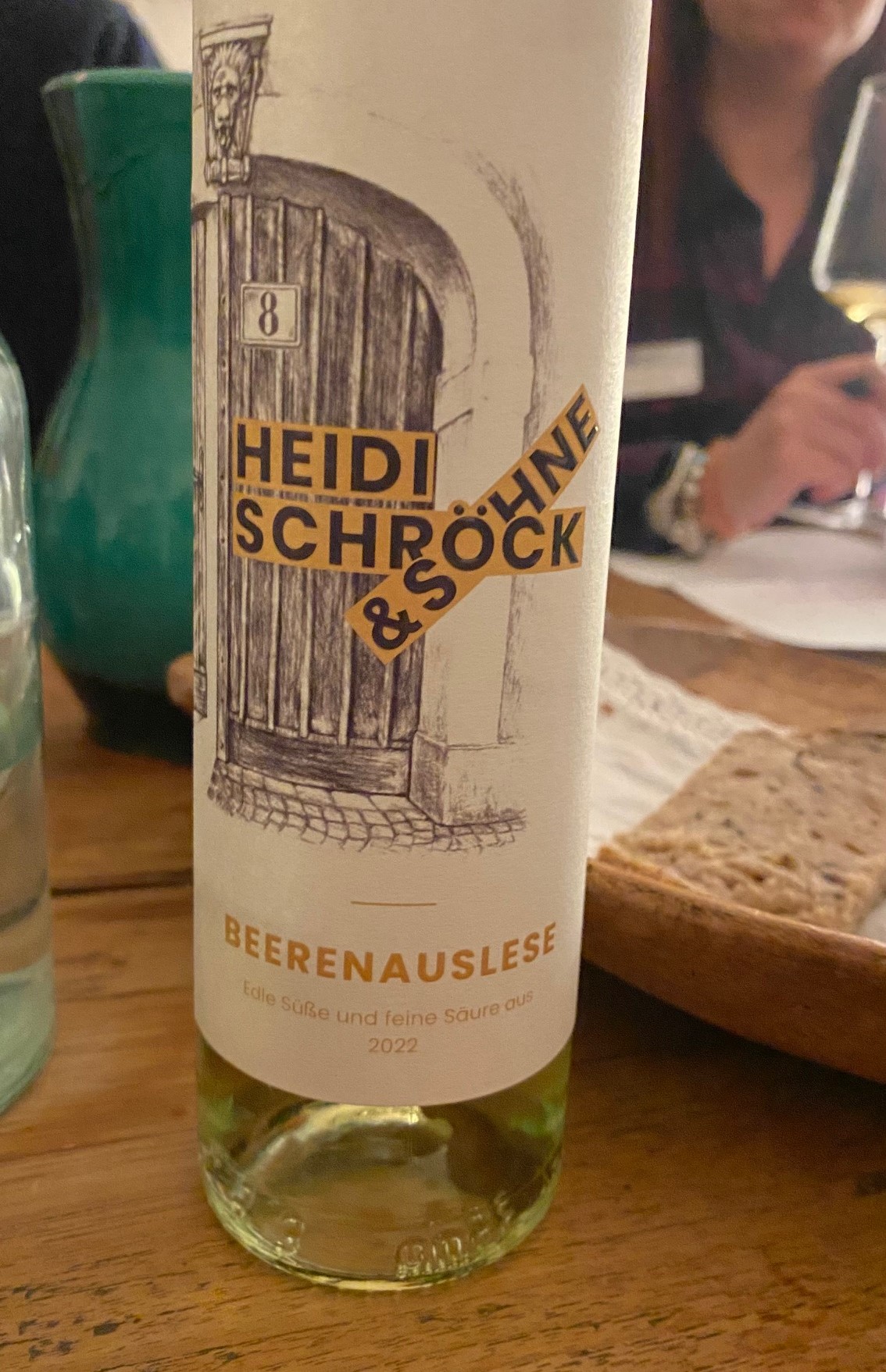
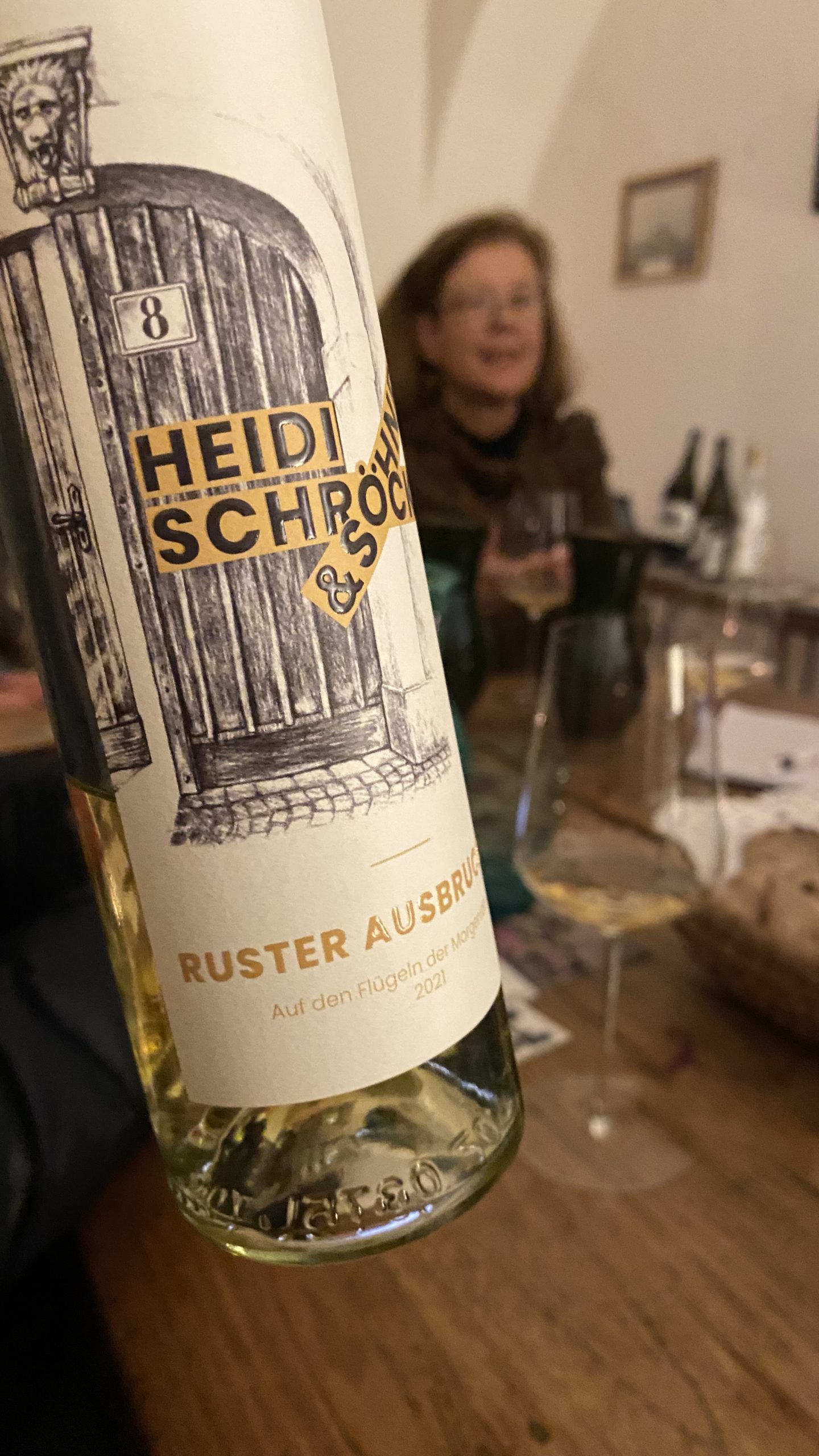
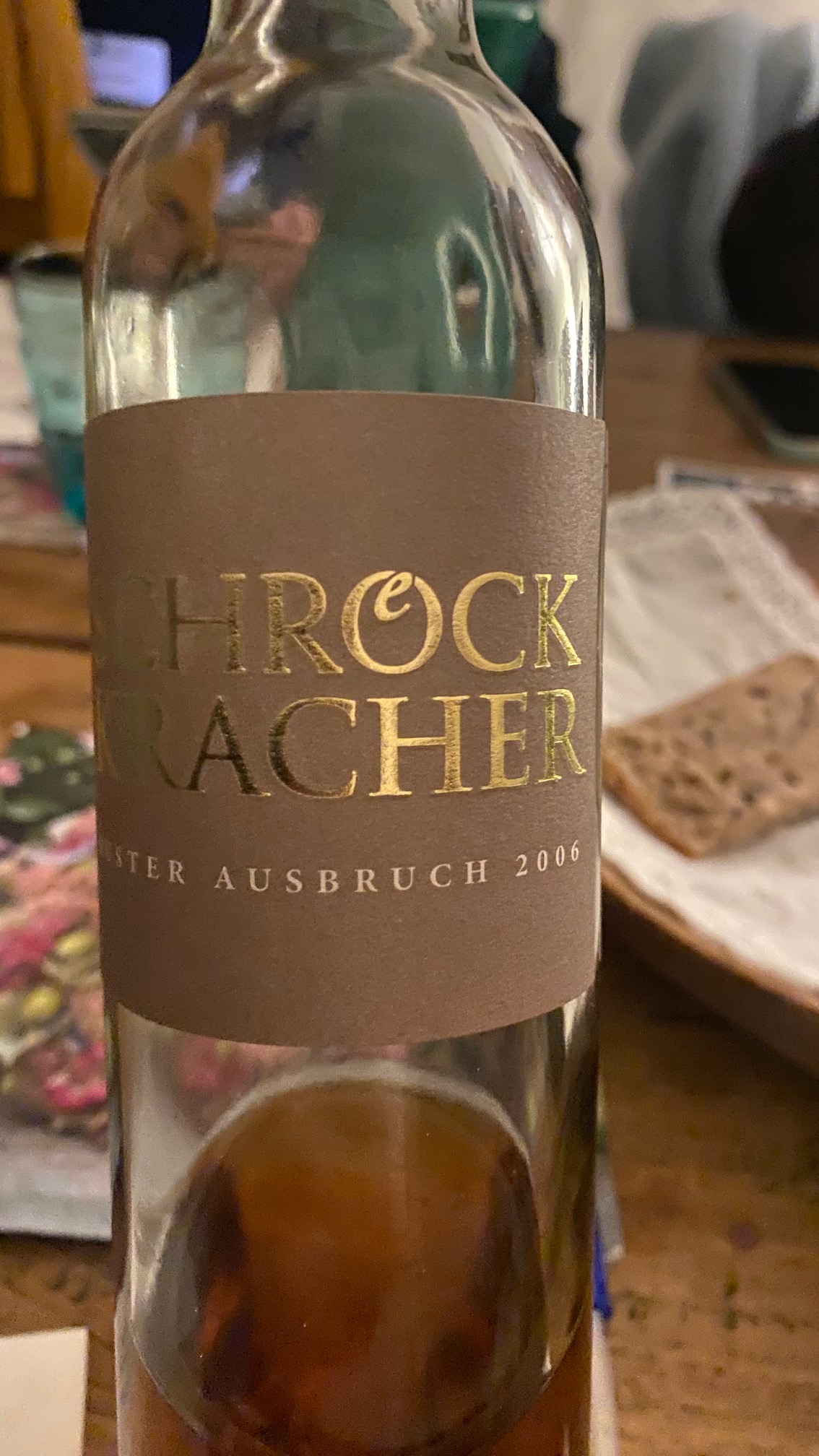
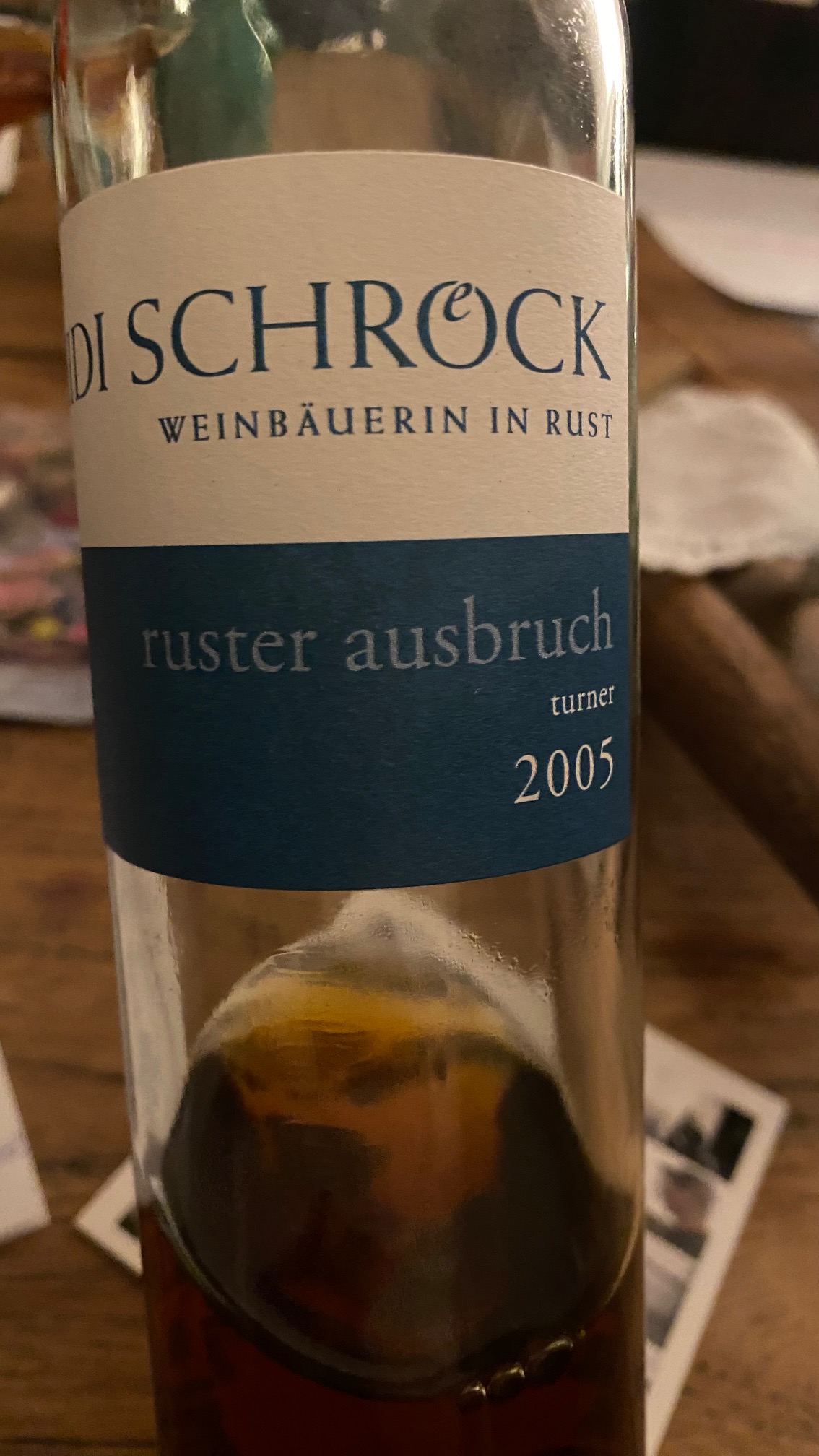
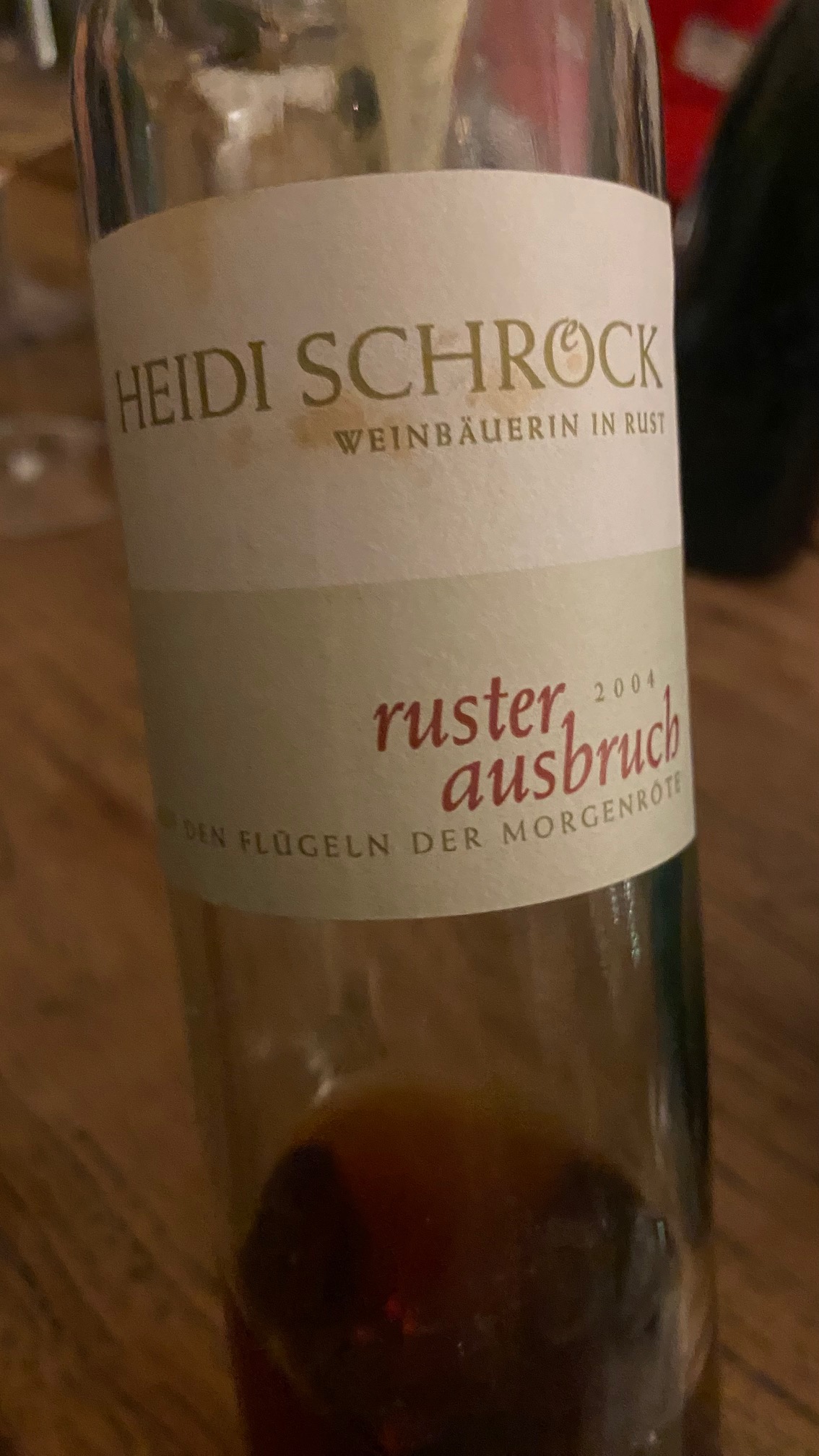
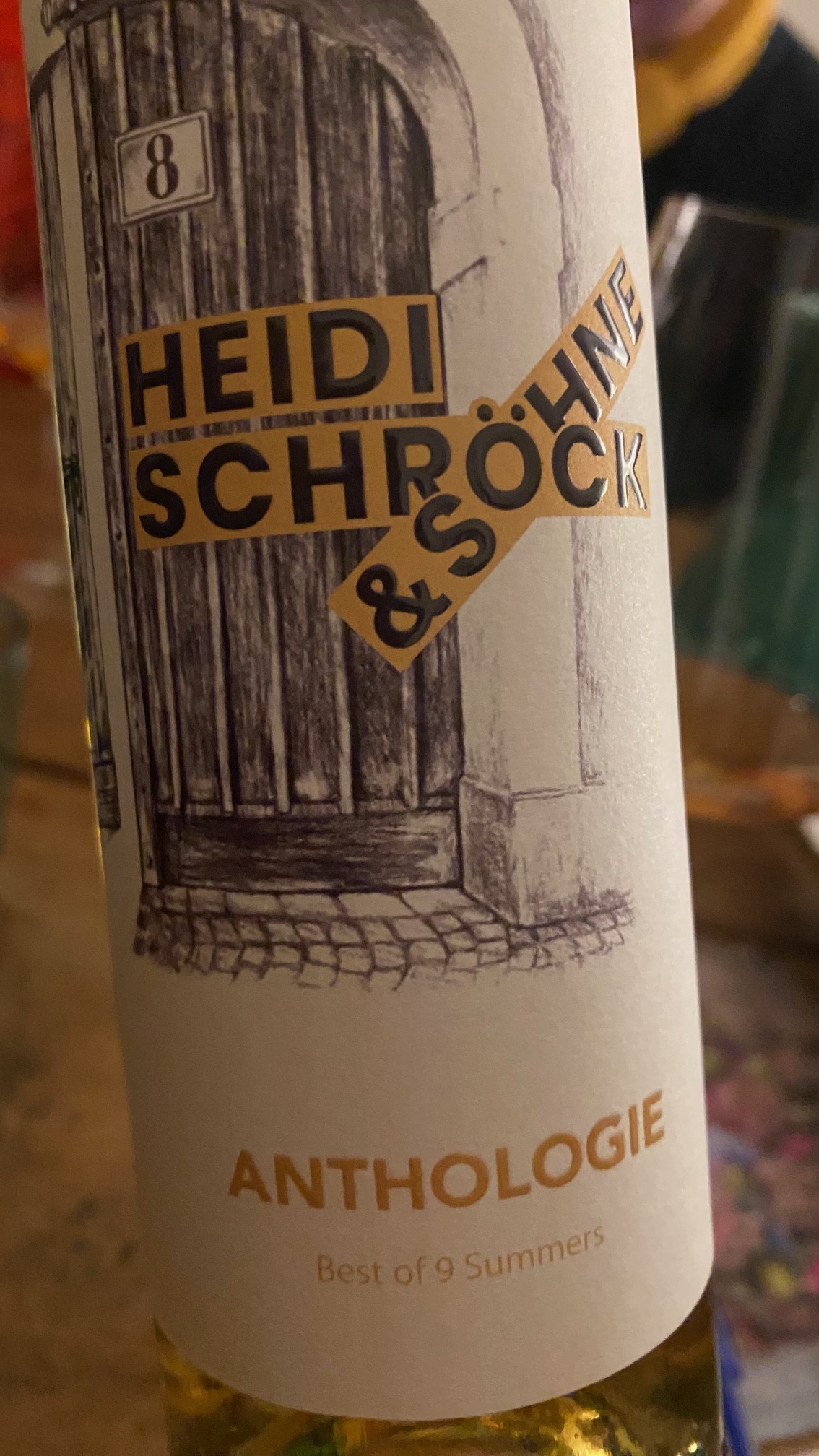
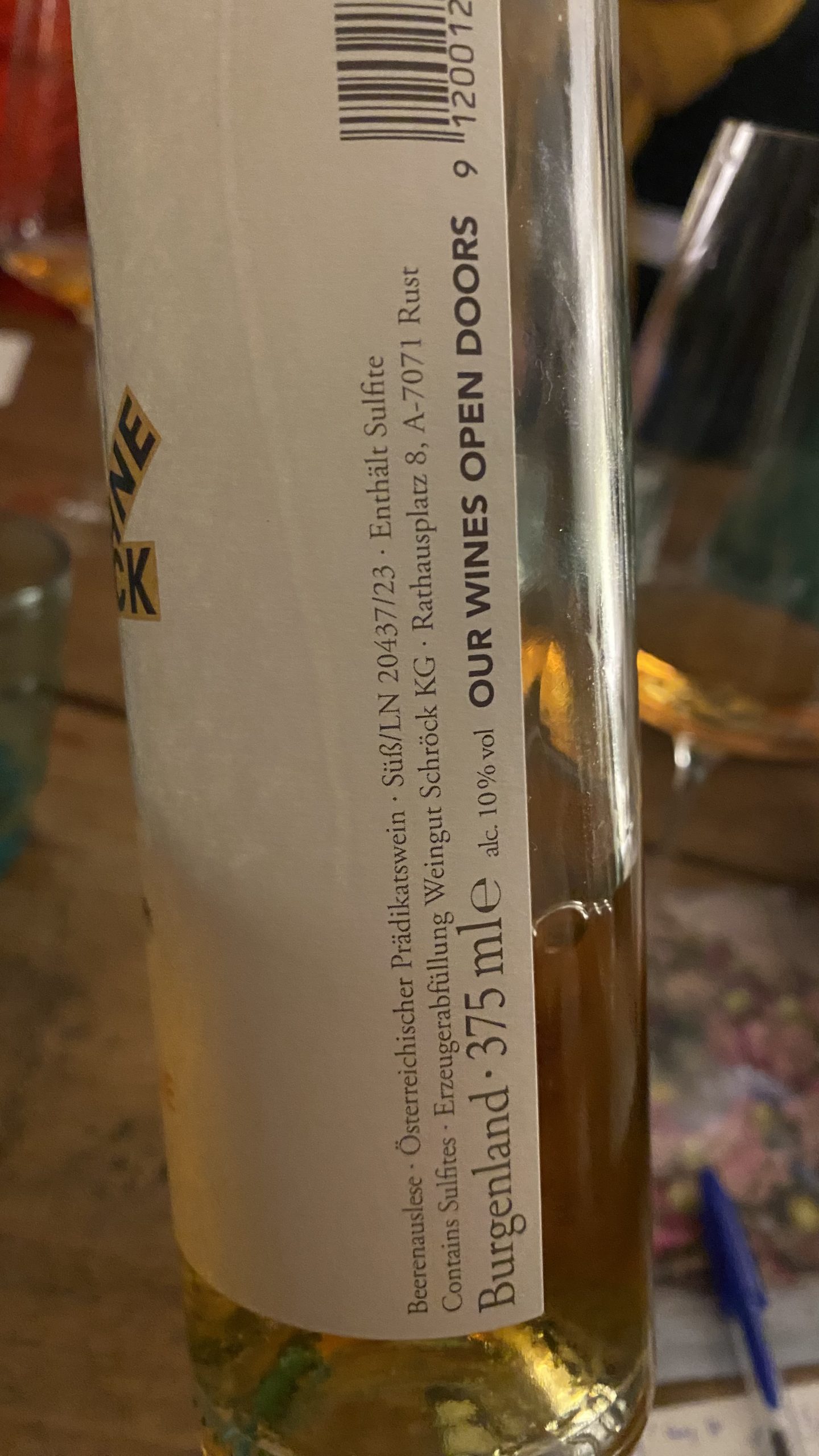
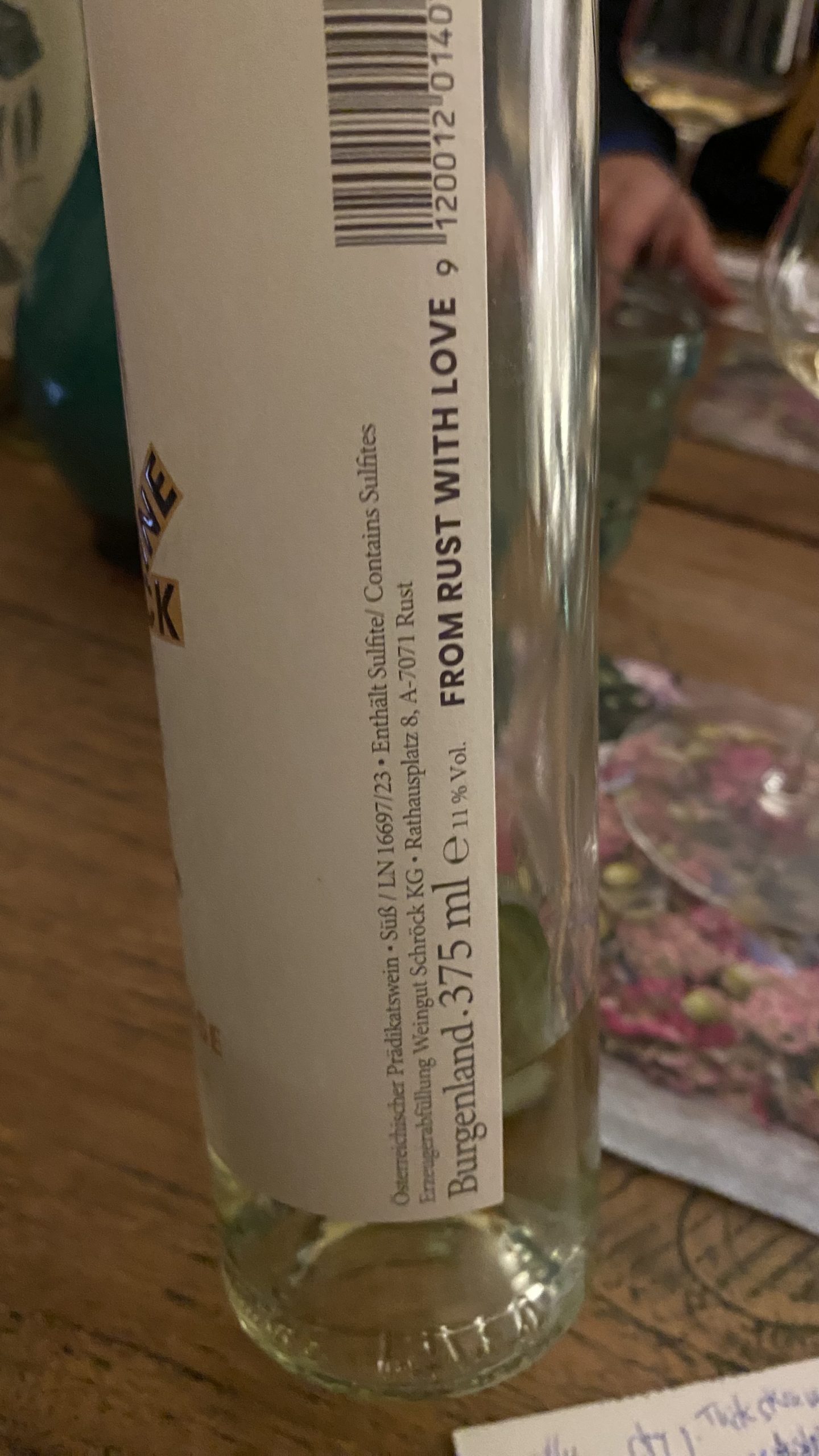
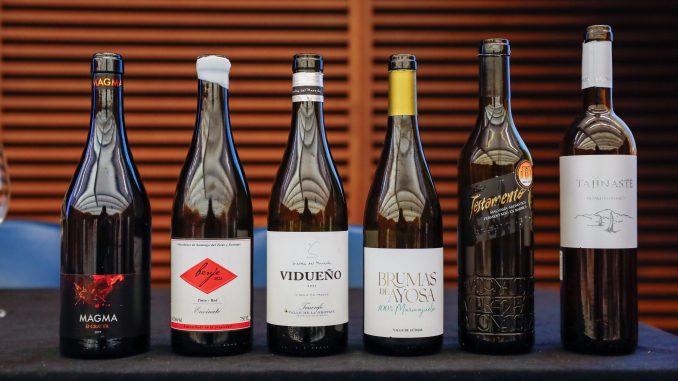
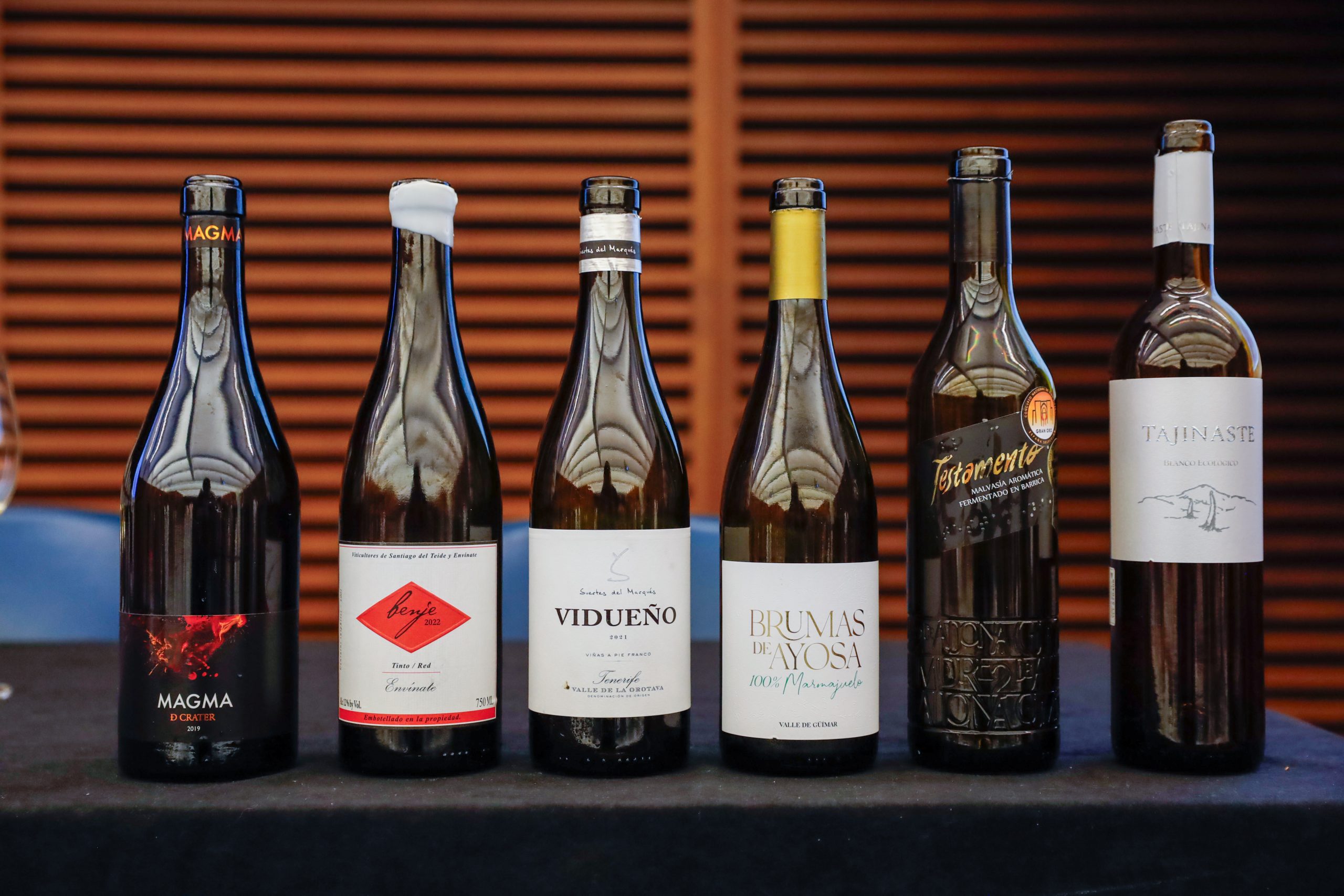
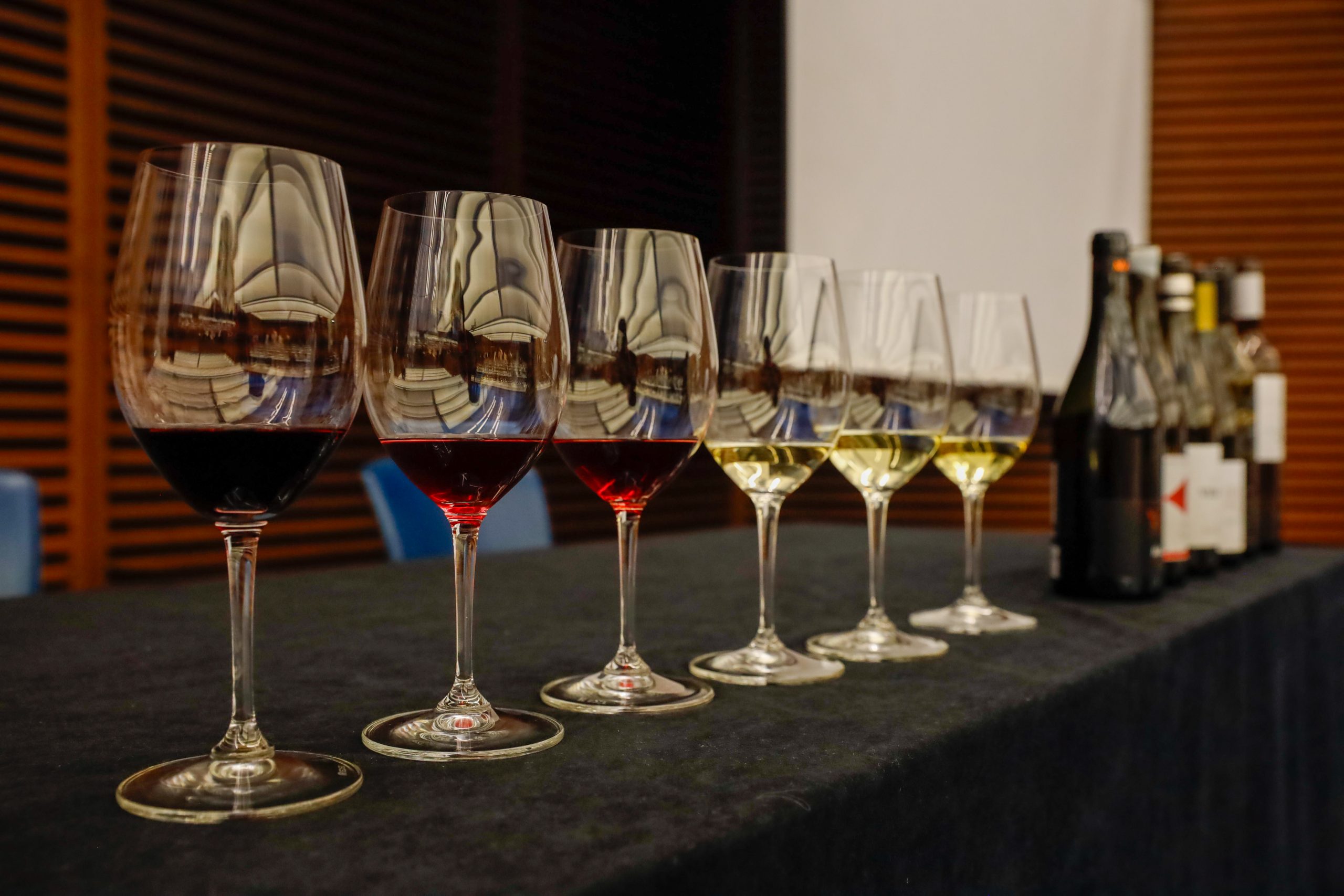
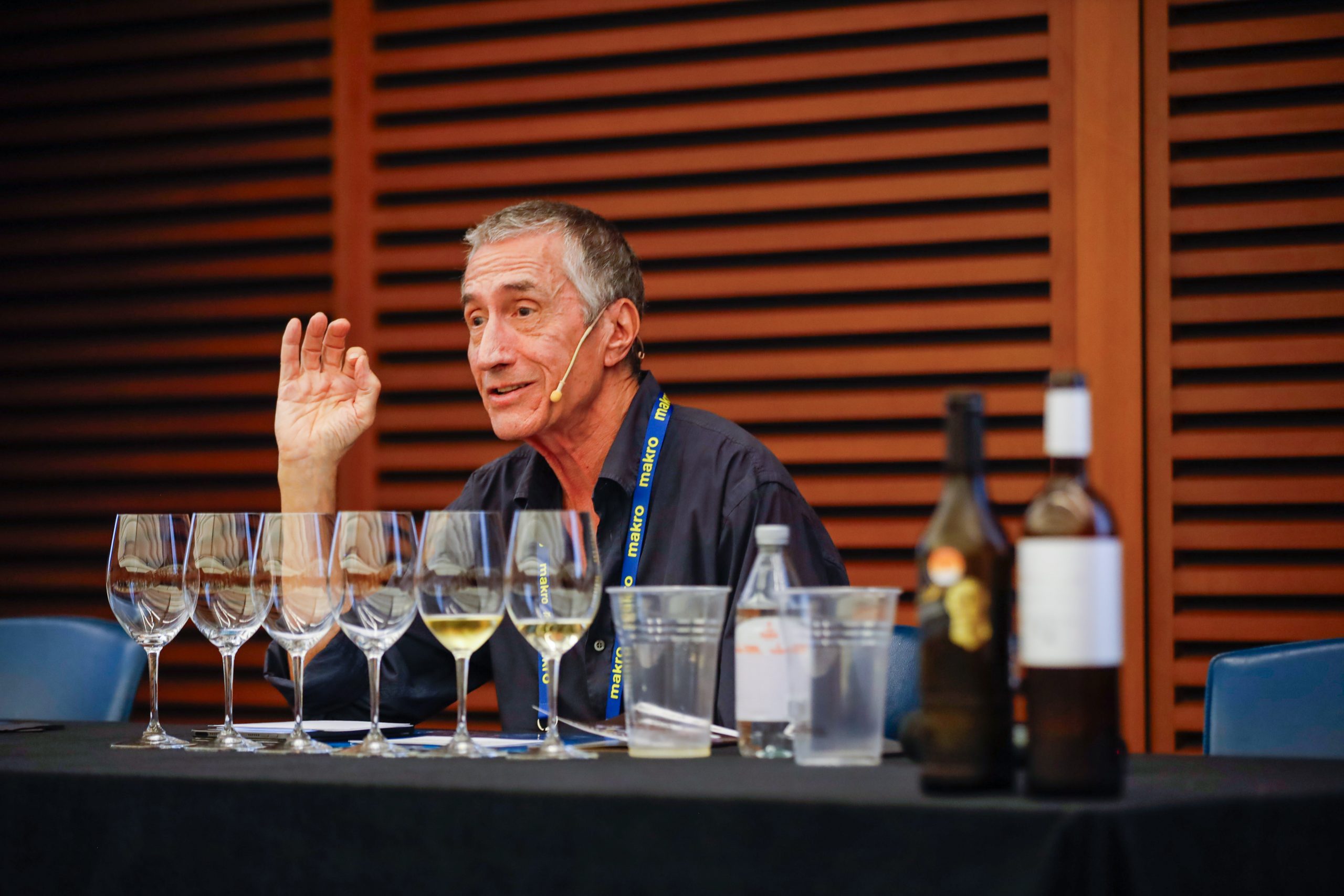
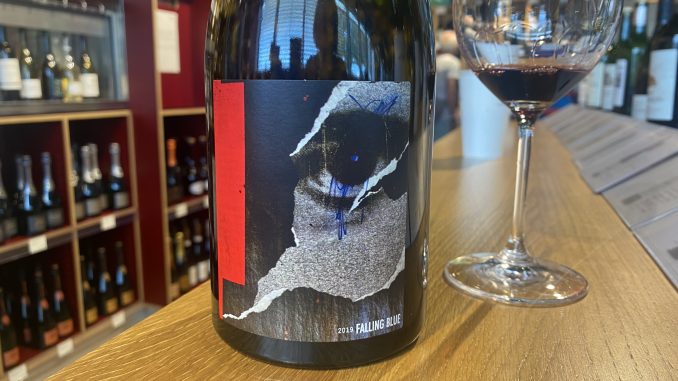
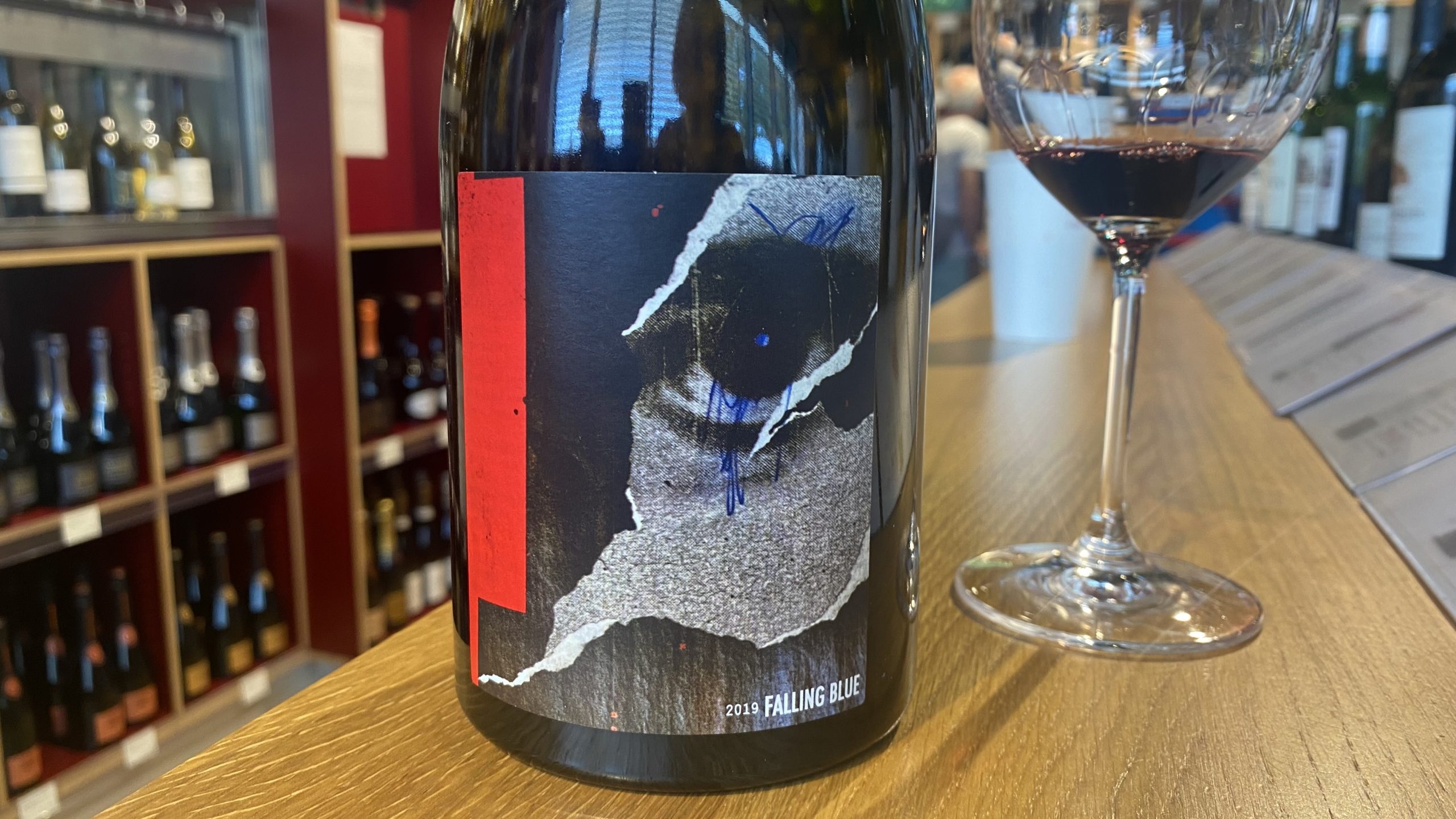
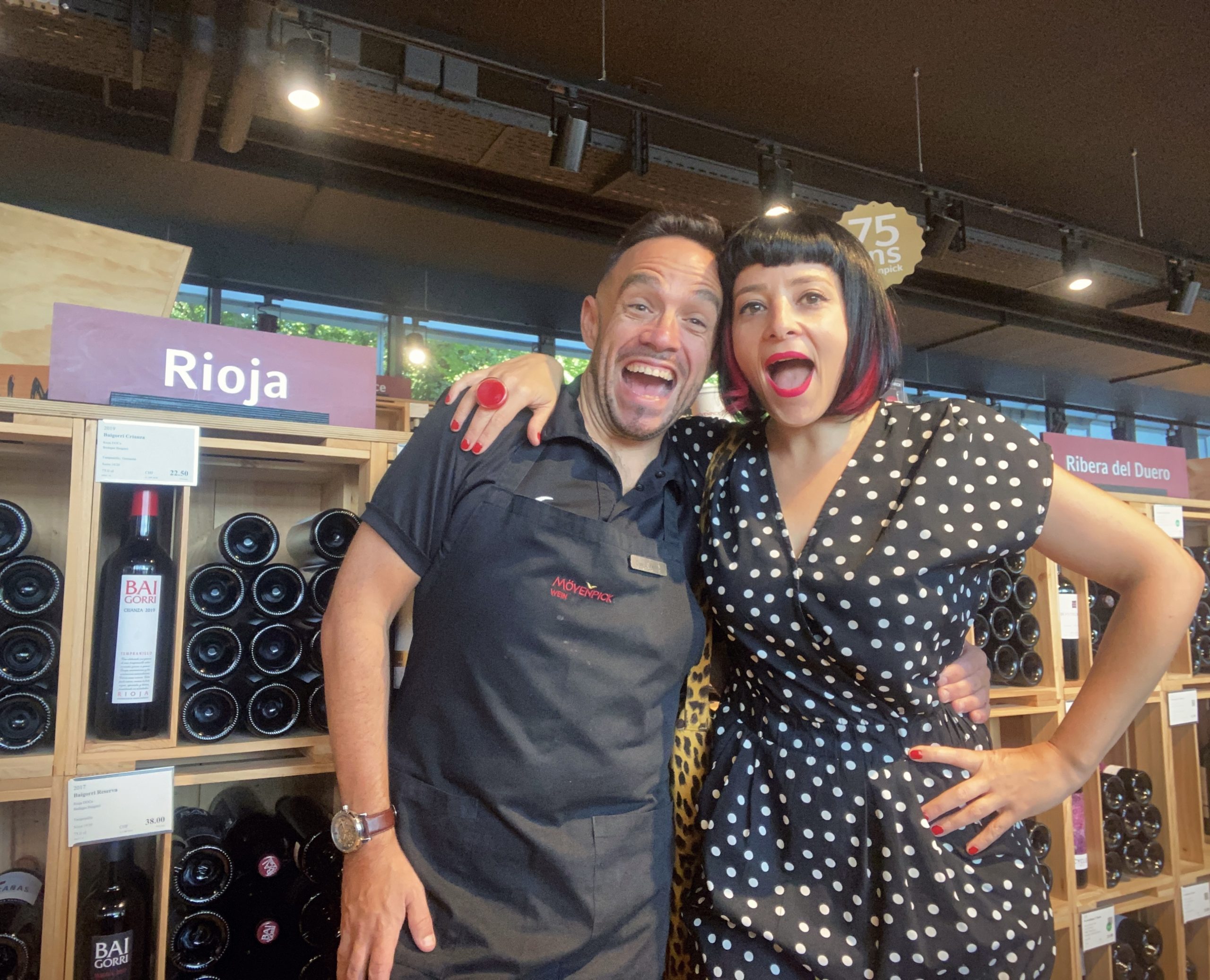
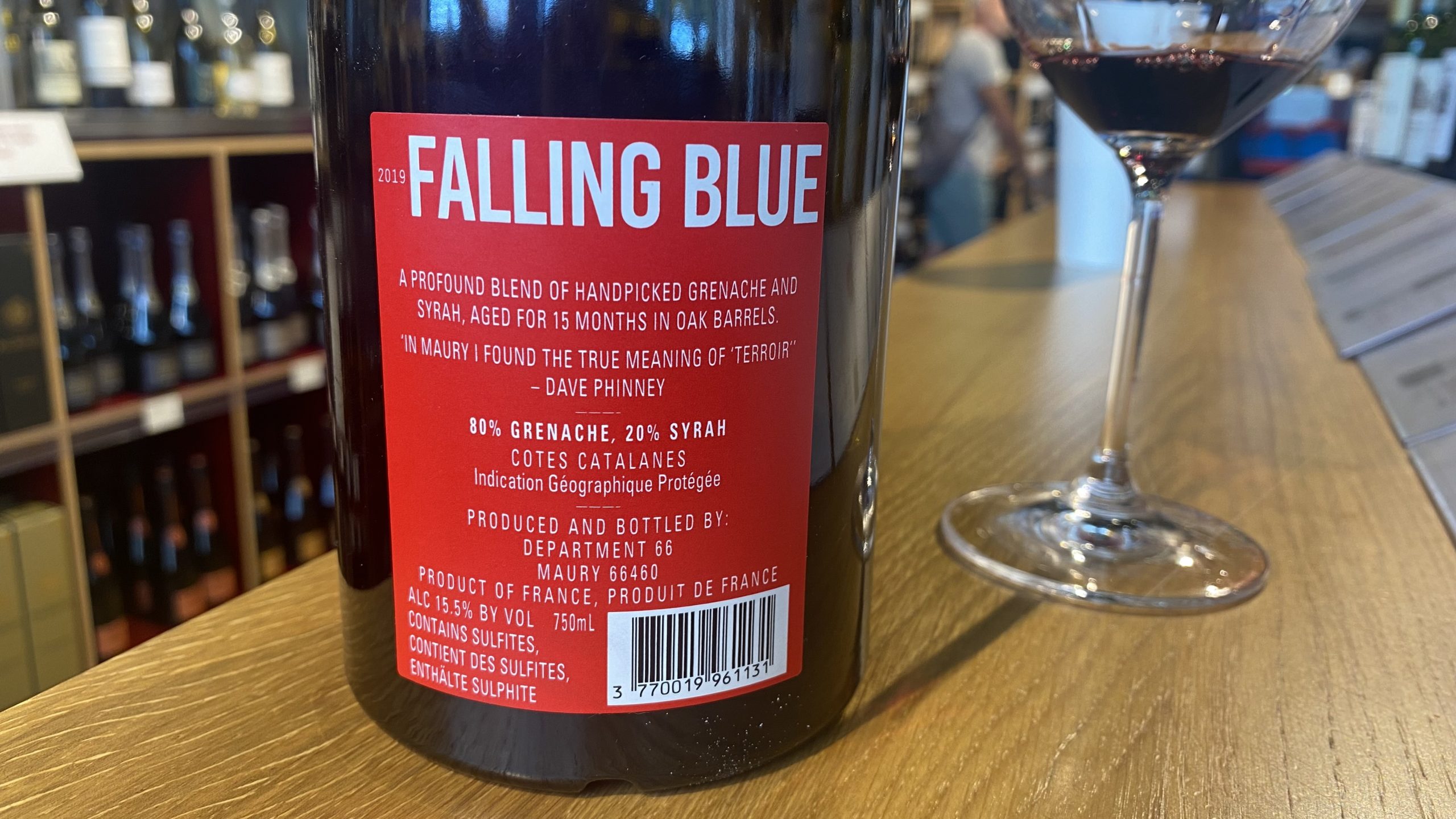
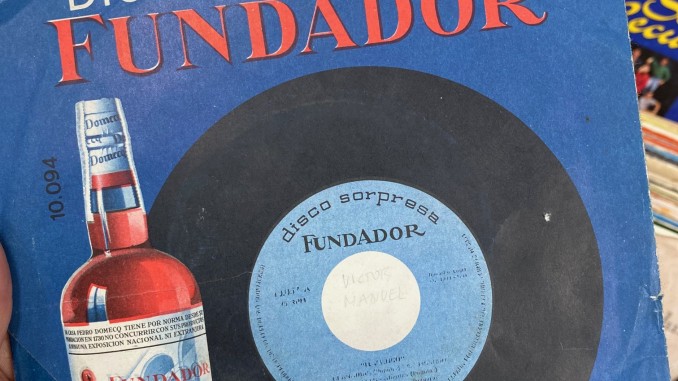
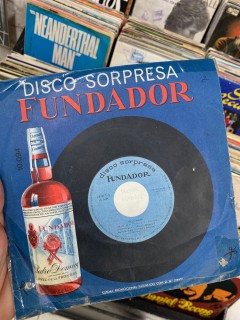
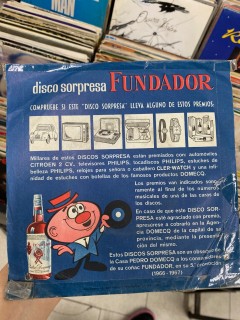 If you find out a surprise record, you are in front of one the most analogue and historical ways of beverage marketing through music. Certainly a way a lot more fun than creating algorithmic campaigns on facebook and co. Ouh Yeah! Somewhat-real-rhythmic campaigns are much better!
If you find out a surprise record, you are in front of one the most analogue and historical ways of beverage marketing through music. Certainly a way a lot more fun than creating algorithmic campaigns on facebook and co. Ouh Yeah! Somewhat-real-rhythmic campaigns are much better!
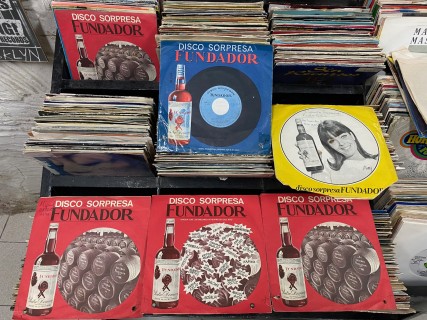

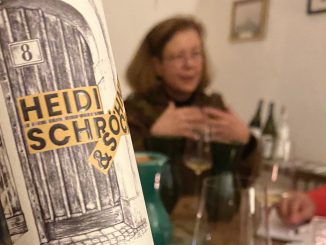
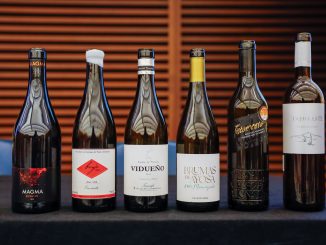
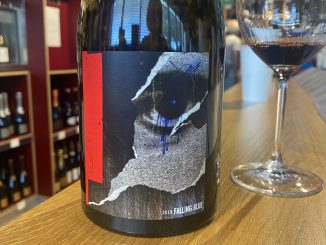
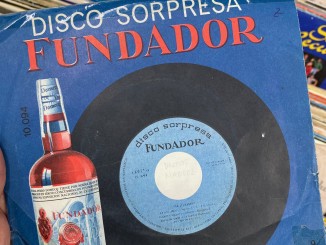
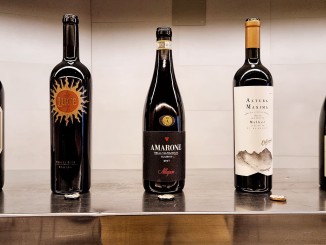
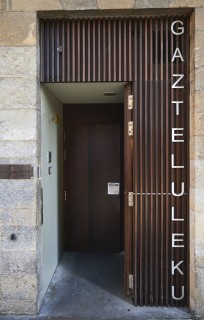
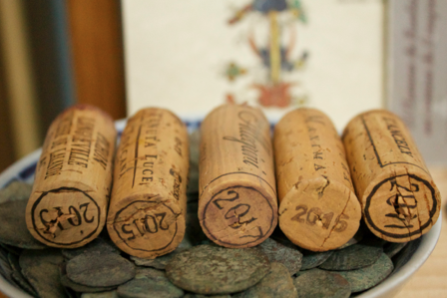
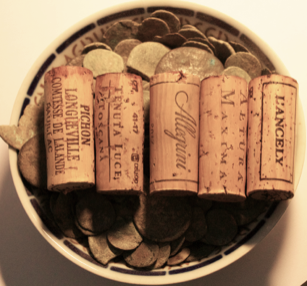
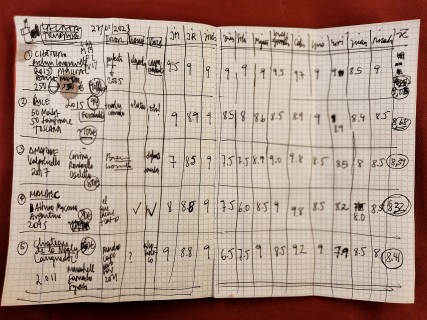

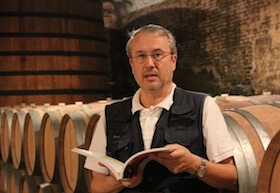
RECENT COMMENTS